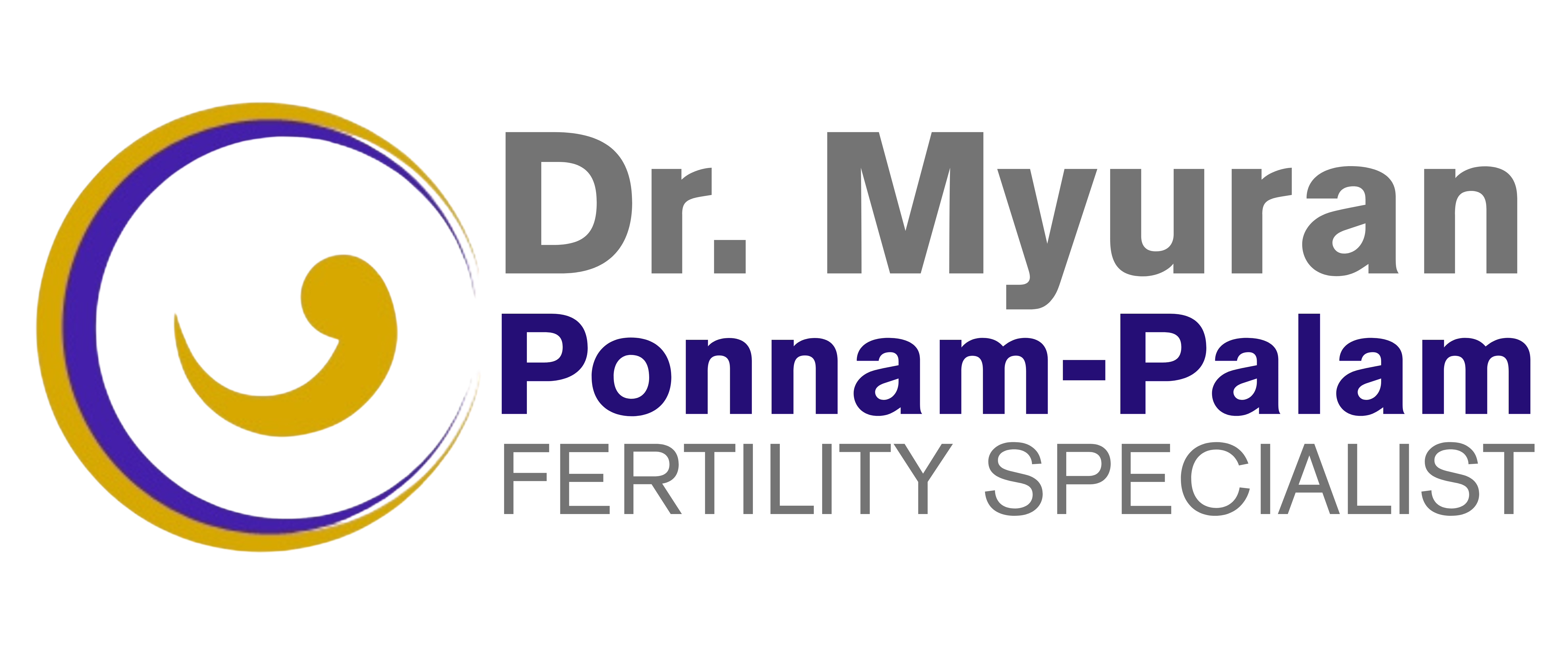Fertility Options for Same-Sex Couples
Myuran2025-06-06T03:36:12+00:00Fertility Options for Same-Sex Couples Fertility clinics across [...]
Fertility Specialist Melbourne
Dr Myran has over 20 years of specialist fertility medical experience & one of the principal Fertility Specialists at Melbourne IVF, Mt Waverley.
Nam aliquet ante porta, gravida elit interdum, luctus porta sapien justo, at fringilla felis suscipit vestibulum.




Fertility Options for Same-Sex Couples Fertility clinics across [...]
IVF Services with Dr Myuran: Exploring Melbourne IVF and [...]
Understanding Your Cycle and Timing for Conception: A Guide [...]
When to Seek Fertility Treatment: A Guide for Couples [...]
The Link Between Sleep and Fertility: More Than Just [...]
Stress Management: A Key Player in Your Fertility Journey [...]
7 Essential Facts about Men’s Fertility [...]
Main Clinic:
Suite 2, Level 1, 18-24 Clyde Rd, Berwick, VIC 3806
Working Hours (Main Clinic)
Monday: 9am – 7pm
Tuesday: 9am – 5pm
Wednesday: 9am – 7pm
Thursday: 9am – 5pm
Friday: 9am – 5pm
Every other Saturday: 8am – 1pm
No: (03) 8788 7110
Fax: (03) 8738 1517
Email: admin@myran.com.au
Web: www.drpalam.com.au
